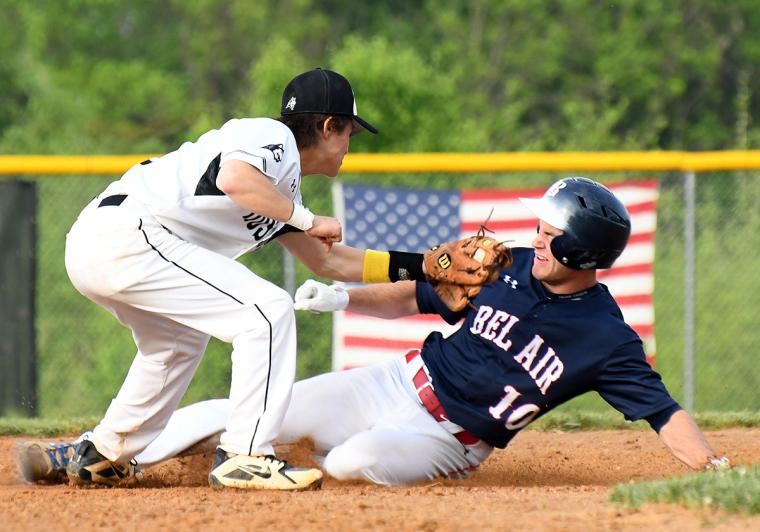
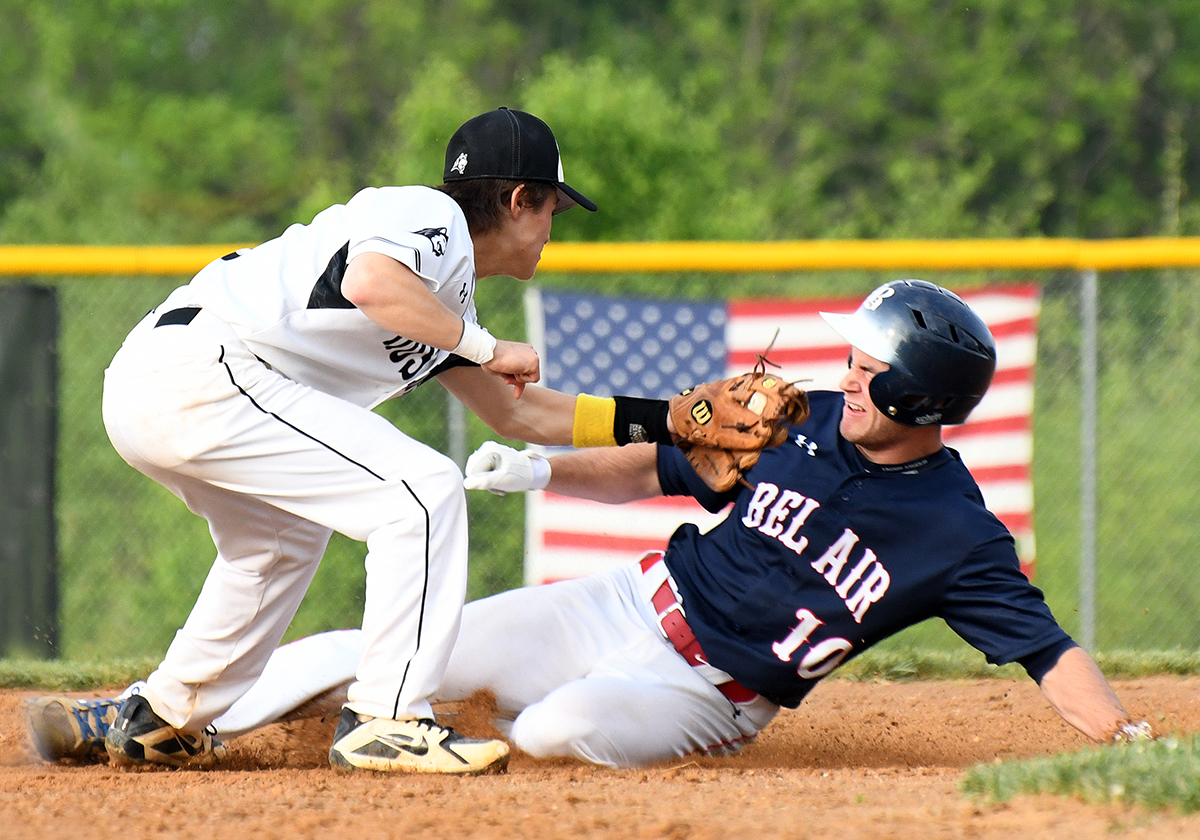
Make sure you are hiring a photographer who has sports experience. Not everyone is a sports photographer. Many times, someone will say, “Oh, my sister (or my friend or someone else) is a wedding photographer so I’ll ask that person to take the pictures.” Wedding photography is not the same as sports photography, which consists of non-stop action shots, taken indoors or outdoors, in all kinds of lighting conditions. A sports photographer will have experience with taking photos in those conditions and will bring the correct equipment. Different types of photography require different equipment and the photographer you choose should be ready to bring what is needed to document your tournament.
The photographer you choose should be well-versed not just in sports photography but in the rules of the sport you’re hosting. For example, gymnastics is very difficult to photograph because although it’s indoors, using a flash is against the rules (it could distract a gymnast so badly that she falls off the balance beam and is injured). The photographer should already understand that.
Check references. Any potential photographer should come with a portfolio and references. Ask to see both. Make sure the references you’re checking correspond with the needs you have; in other words, make sure you’re checking references for sports photography, not for portrait work.
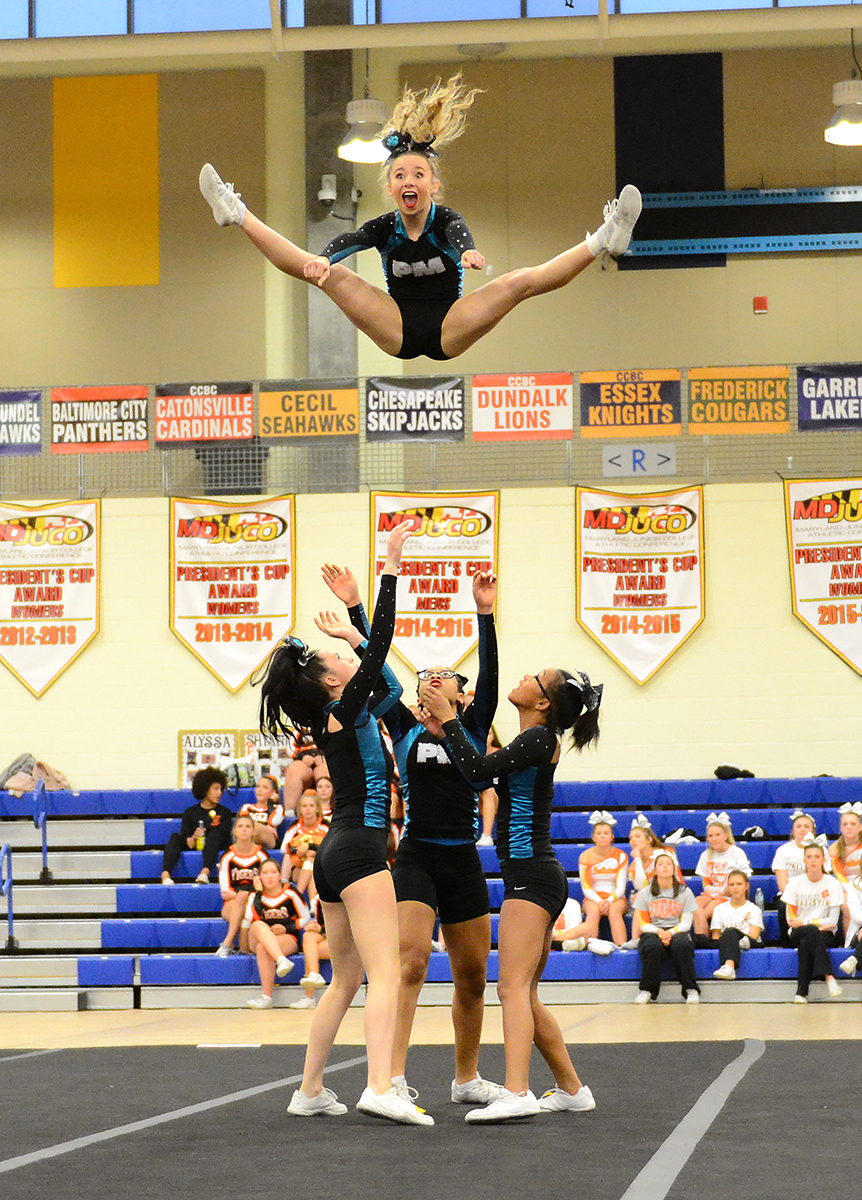 Provide a shot list in advance. Do you want action shots of the game as well as team photos of the winners? How about crowd shots? Will there be a banquet and if so, will awards be presented? What photos do you want at that banquet? Make a list of all the images you want, start to finish, so that your photographer knows what is expected. There is no “standard list” of shots to be found anywhere on the Internet, and no photographer can read your mind and automatically be aware of your needs. Write down exactly what you want so that there are no misunderstandings.
Provide a shot list in advance. Do you want action shots of the game as well as team photos of the winners? How about crowd shots? Will there be a banquet and if so, will awards be presented? What photos do you want at that banquet? Make a list of all the images you want, start to finish, so that your photographer knows what is expected. There is no “standard list” of shots to be found anywhere on the Internet, and no photographer can read your mind and automatically be aware of your needs. Write down exactly what you want so that there are no misunderstandings.
Let the photographer know how the photos will be used. For example, you might want photos that can be used to market the tournament next year. Or maybe you want to do live updates on social media while the tournament is going on. If so, the correct equipment must be brought by the photographer to the tournament site. Otherwise, you will be doing updates without photos, or will be doing updates with photos, later on.
Make sure all officials know the photographer is allowed to have access to the game area to take the necessary photos. If you can introduce the photographer to the officials in advance, they may be more likely to let him or her get the shots needed. If they have rules about where the photographer can be, have them spell those out in advance. For example, they may not want the photographer near the team bench or behind the lacrosse or soccer goal – although I can tell you that those are where some of the best photos are taken.
Remember that you are the one paying for photography, so you want to give the photographer every chance to get the right images. It is helpful if there is some sort of credential the photographer can wear to differentiate him or her from the parents, friends and other spectators.
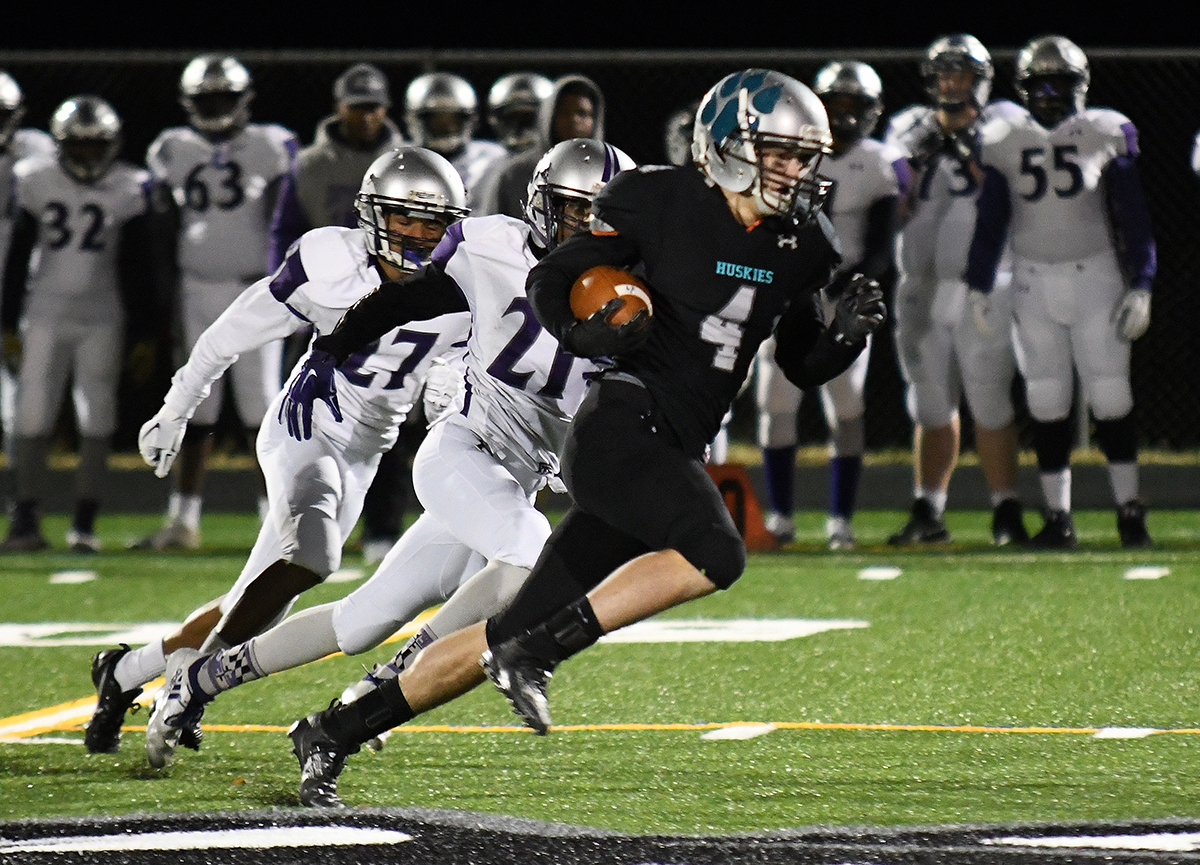 Parents often don’t have a sense of boundaries when it comes to taking photos. Spell out on the printed materials for the tournament that parents need to stay in the stands and away from the sidelines. Not only will parents stand on the sideline and impede the photographer, they’ll upset the officials and distract the athletes. If you give advance notice in writing that this is against the rules, you may have an easier time encouraging parents to stay where they belong.
Parents often don’t have a sense of boundaries when it comes to taking photos. Spell out on the printed materials for the tournament that parents need to stay in the stands and away from the sidelines. Not only will parents stand on the sideline and impede the photographer, they’ll upset the officials and distract the athletes. If you give advance notice in writing that this is against the rules, you may have an easier time encouraging parents to stay where they belong.
Once the competition is over and the winning team is posing with the trophy or the medals, I will usually have them all look at me first while I take the photos I need. After that, the parents who have iPhones, iPads and anything else can get in and take shots, if the tournament director allows them on the field to do so.
If you have an awards banquet and someone is the emcee, make sure that person knows about the need to have people pose so that you can take photographs. The emcee can pause after presenting each award and arrange for people to pose on the stage for the photographer before they go back to their seats. It’s a lot easier to slow down presenting awards for a few seconds in order to get a photo on the stage than it is to chase award winners around the banquet hall and try to get them to pose later.
If you want the photos to be made available for sale, spell that out in advance. Remember that in almost every case, the photos remain the property of the photographer. The photographer can often arrange to put photos on his or her website and allow for purchase and payment from outside buyers; however, the photographer may want to retain the income from those purchases. If you would like a different arrangement, you’ll spell that out and have it in writing.
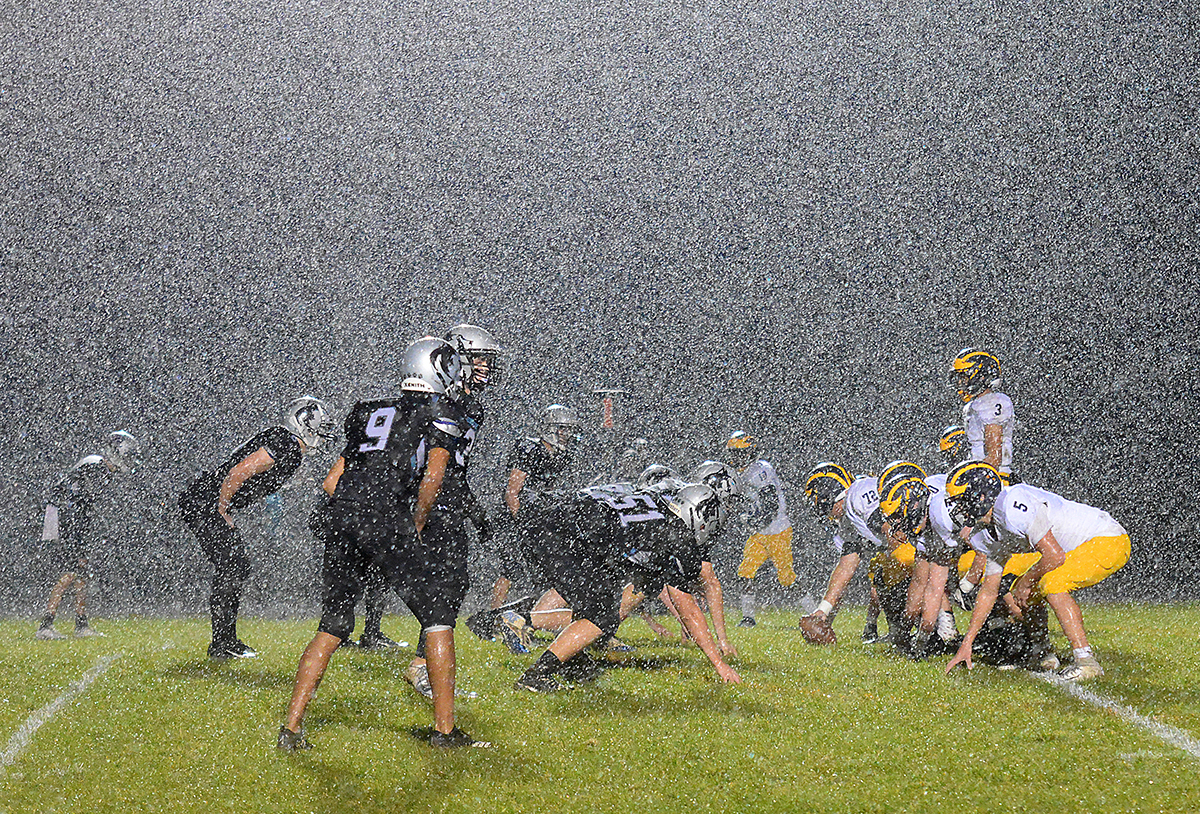 Find out what kind of payment is required for the photographer’s services, and when it is expected. Payment is often required in full, in advance of the tournament. Of course, people sometimes ask, “Well, what if I don’t like the photos?” That’s why you have presumably asked for a portfolio and checked references – so this doesn’t come up. Some photographers may require a deposit and the remainder on the day of the event. Either way, find out in advance and be ready to pay on time as required.
Find out what kind of payment is required for the photographer’s services, and when it is expected. Payment is often required in full, in advance of the tournament. Of course, people sometimes ask, “Well, what if I don’t like the photos?” That’s why you have presumably asked for a portfolio and checked references – so this doesn’t come up. Some photographers may require a deposit and the remainder on the day of the event. Either way, find out in advance and be ready to pay on time as required.
Discuss costs. If you are paying the photographer by the hour, it is important to remember that a good professional may spend a certain amount of time at your tournament and will also put in time afterwards, editing and color-correcting photos. Therefore, the hours you’re paying for will likely include time outside the tournament itself. Ascertain also whether you are responsible for paying for the photographer’s mileage, meals and other incidental expenses while they are onsite for your tournament.
Reserve your photographer well in advance. It’s possible that you’ll be able to find someone on short notice, say two or three weeks out, but that person may not have sports experience. They may not come with good references. They may not have a portfolio of work you can look at in advance. You may not have time to communicate with them about all your needs during the event. Put finding a photographer on your checklist early, as soon as you’ve decided on the site of the tournament. The local high school athletic association, college athletic association, sports commission or convention and visitors’ bureau may have recommendations.
Another reason for advance planning is that photographers may be busy, depending upon the season. If a photographer shoots a lot of school sports, he or she may be booked from fall through spring. Wedding photographers, who may also take pictures at banquets, may be busiest in spring, summer and fall. Photographers who are also taking senior portraits may have a lot of work to do in the fall as well.
In sports photography, action happens fast, usually in split-second intervals, and it is the photographer’s job to react and capture it. If you have laid the right plans, your photographer will be able to do this, leaving you free to run the tournament. SDM

